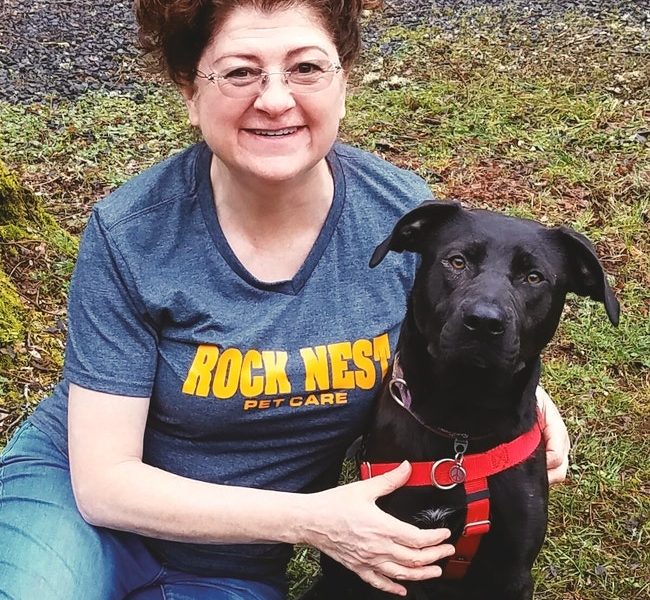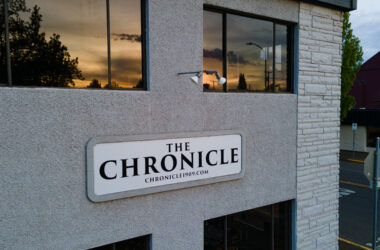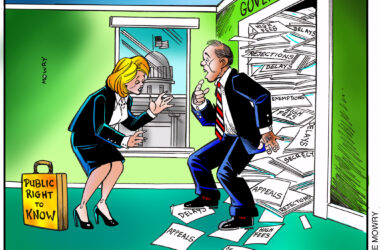 Spaulding
Spaulding
Historic Preservationists and Geocachers hunt for treasure. They both hunt for cultural treasure and often they cross paths in their methods. Historic Preservation is a profession and Geocaching is a hobby.
When the contractor excavated for the new foundation of the Old Schoolhouse, cultural treasure was found. As serious Historic Preservationists, we saved everything that was found, even if we didn’t know what it was in hopes that someone in the future might find those artifacts of interest. The objects tell stories of our cultural history.
We reported in years past about a medicine bottle and its rich history found, telling us about the pharmacist who filled the bottle with distilled liquid. Last year was a report on dinnerware made in England. The plates were donated by local business and families when The Creswell Civic Improvement Club added the kitchen in 1927.
This year Verlean McCoy and I looked through the cache of saved items for an article. We found a lot of unidentifiable glass, possibly from kerosene lamps, and heavy metal pieces from stoves. One of the items that was not immediately of interest was a tin. Then we realized the tin, filled with trinkets and a log was something someone tucked under the foundation sill as a geocache.
The tin has a green “Official Geocache” sticker on it. The narrow paper log in our tin’s first entry is “8/12/18” and the content’s description is a “dragon.” The last entry is “2-1,” likely 2019, with no description of contents. Within the tin are a large red plastic ant, a decorated bottle cap with small beads and square cubes, with BAM written out, glued inside, a bird button and a plastic design with a blue swirl and neon dots.
Geocaching derived from Letterboxing, a game from before Internet and GPS devices using booklets with written clues. According to the National Geographic Geocaching notebook, the hobby has been in Oregon for a couple decades when it was first called geostashing.
I discovered there are rules to the geocache game, a geocache can be hidden but not buried. The items must be low cost trinkets – valuables, food and other easily damaged items are not allowed.
Equipment used for Geocaching is often the same for Cultural Anthropologists and Historic Preservationists, a map and GPS Device. Precision is the key to building a rich culture from “stashes” left behind. The geocacher will record their information on the log left with the geocache. Cultural Preservationists will record all treasure found using as many sources to help identify what the treasure is and what it meant to the people who left it.
Both Geocaching and Cultural Preservationists strive to leave as small of a footprint while searching for their treasure. National Parks do not encourage and some don’t allow geocaching. Virtual caches let the treasure-hunters visit historical sites from their computer. Waymarking is a form of virtual geocaching, giving clues to interesting areas needing protection from destruction.
Our past architectural styles are treasures. The construction and location of a building give us clues to our past cultures. It tells us what materials and tools were available, the en vogue fashions, and location will give clues to modes of transportation. Historic Preservation is about rehabilitation and cherishing our past. There are rules to Historic Preservation, the Secretary of Interior’s Standards for Rehabilitation states, “New additions and adjacent or related new construction shall be undertaken in such a manner that if removed in the future, the essential form and integrity of the historic property and its environment would be unimpaired.”
Both Historic Preservation and Geocaching are games of clues and treasure approached for different reasons but similar in their search for cultural treasure. The two collided at the Old Schoolhouse. With the geocache tin, we learned about a culture who finds pleasure in using technology to hunt for treasure. The three years of continued rehabilitation of the Old Schoolhouse has given us valuable information about our past and present.
Cheri Spaulding is a small business owner and a board member of the Creswell Heritage Foundation.







